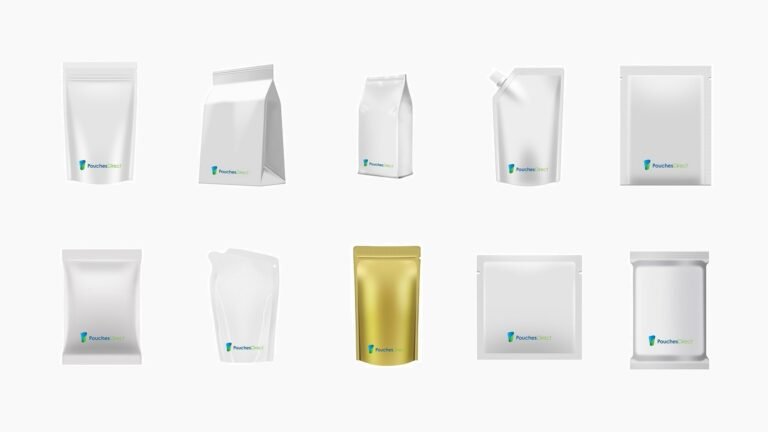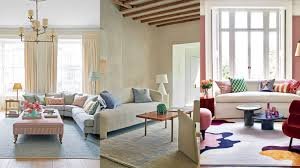Elevate Your Home Aesthetics with Wall Texture Paint: A Complete Guide
When it comes to interior design, walls play a crucial role in setting the tone of a space. Instead of opting for plain, flat surfaces, many homeowners and designers are turning to wall texture paint to add depth, personality, and a unique visual appeal to their interiors. Whether you want to create a rustic, modern, or luxurious look, textured walls can transform an ordinary room into a stunning masterpiece.
What Is Wall Texture Paint?
Wall texture paint is a special type of paint designed to add dimension and character to walls. Unlike regular paint, which provides a smooth and even finish, texture paint creates raised patterns or rough surfaces. This effect can be achieved using various techniques, tools, and materials, making it a versatile option for home improvement projects.
Benefits of Using Wall Texture Paint
Enhanced Aesthetic Appeal
Textured walls instantly upgrade the look of a room. From classic stucco and rustic finishes to modern geometric designs, wall texture paint offers endless possibilities for creative expression.
Hides Imperfections
One of the biggest advantages of using texture paint is its ability to conceal wall imperfections. Small cracks, dents, and uneven surfaces can be easily camouflaged, eliminating the need for extensive wall repairs.
Adds Depth and Character
Flat walls can sometimes feel dull and uninspiring. Texture paint introduces a tactile element that enhances visual depth, making the room feel more inviting and dynamic.
Increases Durability
Textured paint tends to be more durable than standard paint. It resists scratches, stains, and minor damages, making it an excellent choice for high-traffic areas like hallways and living rooms.
Improves Light Play
Depending on the texture and finish, textured walls can interact with light in unique ways, creating intriguing shadows and highlights that elevate the room’s ambiance.
Popular Types of Wall Texture Paint
Sand Texture Paint
This type of paint contains fine sand particles, giving walls a slightly rough and grainy appearance. It’s perfect for achieving a natural, earthy look.
Knockdown Texture
A popular choice for modern homes, knockdown texture involves applying a layer of paint and then “knocking it down” with a trowel to create a stylish, irregular pattern.
Popcorn Texture
Often used on ceilings, popcorn texture adds a bumpy, three-dimensional effect. While not as common on walls, it can be used for accent areas to create a dramatic look.
Venetian Plaster
For a luxurious finish, Venetian plaster is a high-end option that involves layering tinted plaster to create a polished, marble-like effect.
Orange Peel Texture
Resembling the surface of an orange peel, this texture is subtle yet visually interesting. It is often used in contemporary and minimalist designs.
How to Apply Wall Texture Paint
Applying wall texture paint requires patience and the right techniques. Here’s a step-by-step guide to help you achieve the best results:
Step 1: Prepare the Wall
Ensure that the wall is clean, dry, and free of dust or debris. Repair any visible cracks or holes to create a smooth base.
Step 2: Choose Your Texture Type
Select the texture style that best suits your design preferences. Consider the room’s overall theme and lighting before making a decision.
Step 3: Apply a Base Coat
Start with a primer or base coat to help the texture paint adhere better to the surface. This step is especially important for uneven or porous walls.
Step 4: Apply the Texture Paint
Use tools such as sponges, trowels, rollers, or even combs to create different textures. Work in small sections to ensure an even application.
Step 5: Let It Dry and Finish
Allow the paint to dry completely before adding any additional layers or finishing touches. If needed, apply a protective sealant for added durability.
Choosing the Right Wall Texture Paint for Your Space
The best texture paint for your home depends on several factors, including room function, lighting, and personal style. Here are some recommendations:
- For a Cozy Living Room: Opt for soft, subtle textures like knockdown or orange peel.
- For a Luxurious Bedroom: Venetian plaster or metallic finishes can add elegance.
- For a Rustic Kitchen: Sand-textured or stucco paint works well to create a warm, organic feel.
- For a Modern Office: Geometric or minimal textures can enhance a sleek and sophisticated design.
Maintenance and Care Tips for Textured Walls
To keep your textured walls looking fresh and beautiful, follow these simple maintenance tips:
- Dust Regularly: Use a soft brush or microfiber cloth to remove dust buildup.
- Clean Gently: Avoid harsh cleaning solutions; instead, use a damp sponge or mild soap and water for cleaning.
- Touch Up When Needed: If minor chips or stains appear, touch them up with a small brush and matching paint.
- Avoid Excess Moisture: In areas like bathrooms, consider using moisture-resistant paint to prevent mold or damage.
Final Thoughts
Wall texture paint is an excellent way to bring creativity and uniqueness to any space. Whether you prefer a bold statement wall or a subtle textured effect, this versatile option allows you to personalize your home while enjoying practical benefits like durability and imperfection coverage. With the right techniques and materials, you can achieve a professional-looking finish that elevates your interior design.
If you’re considering a home makeover, wall texture paint is definitely worth exploring. It adds charm, sophistication, and individuality to your walls, making your living space truly one-of-a-kind.





